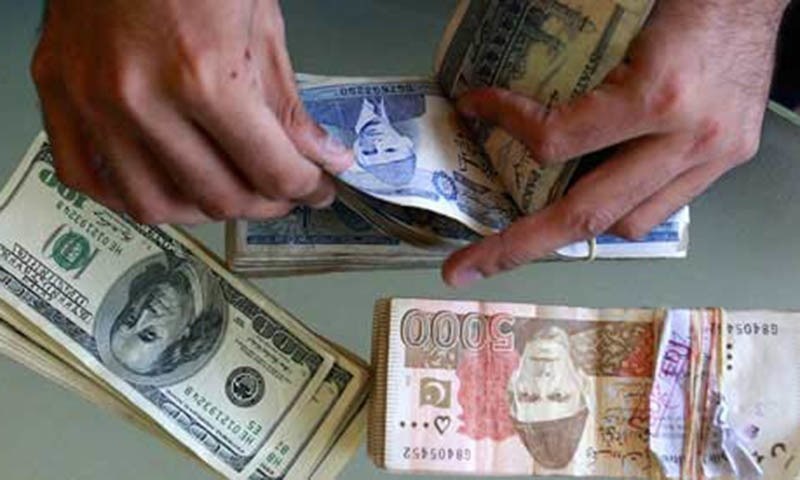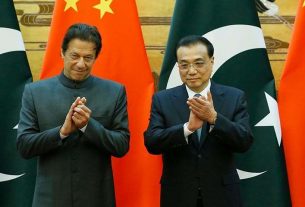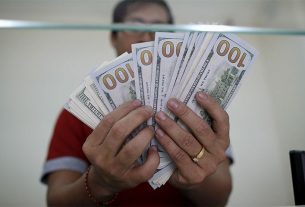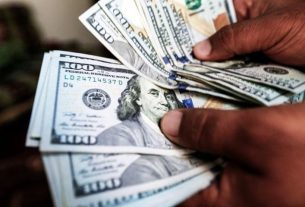KARACHI: Almost all of the international currencies gained against the rupee in 2019 but the biggest appreciation was seen in the British pound which gained over 15 per cent.
The Forex Association Pakistan on Tuesday issued a compiled report showing the devaluation trend of the rupee against major international currencies in interbank market.
The US dollar dominates the country’s trade appreciated by 11.5pc during the year. The dollar traded at Rs139 in the interbank on Dec 31, 2018.
However, it traded at Rs154.94 on Dec 31, 2019 showing a devaluation of almost Rs16 per dollar or 11.5pc. The open market rate is almost same with slight fluctuations. The dollar was traded as high as Rs164 in the open market during the year but it settled around Rs155 for more than two months.
The massive devaluation of the rupee was mainly due to poor foreign exchange reserves of the country, huge current account deficit of about $20 billion and ever-increasing import bill.
During the outgoing calendar year, the government was successful in reducing the import bill and bring current account deficit into a surplus in October. Moreover, the country’s reserves also improved and the collective impact resulted in exchange rate stability.
The biggest devaluation of the rupee was against the British pound as it lost Rs27 per pound during the year 2019. The pound was sold at Rs177.30 on Dec 31, 2018 but it reached to Rs204.30 as on Dec 31, 2019; a loss of 15.2pc. British pound is the second largest currency that is used in the local market for trading and transactions.
Both the US and UK are big providers of remittances after Saudi Arabia. Moreover, the two countries are the biggest investors in the country.
The rupee lost heavily against the Euro as it declined by 8.76pc during the year. It was sold at a price of Rs159.80 on Dec 31, 2018 reaching Rs173.80 a year later on Dec 31, 2019. The rupee lost Rs14 per euro this year.
There is a common consensus among the financial circle that exchange rate would remain stable in 2020 mainly because of low current account deficit and higher foreign exchange reserves.
The country’s total foreign exchange reserves rose to $17.595bn whereas those held by the State Bank of Pakistan also entered double digits after March to reach at $10.9bn.



